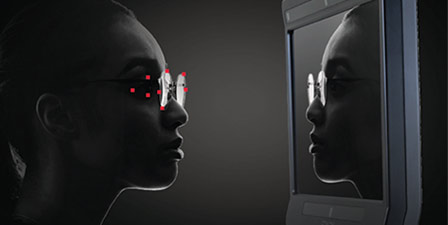
According to the Sport and Fitness Industry Association (SFIA), pickleball has been the fastest-growing sport in the U.S. in the last three years. Only biking and running have higher participation rates. I was unaware of pickleball, and I remember chuckling the first time my friends said they had taken up pickleball, responding with, “Pickle what?” But despite its humorous name, the surge in popularity of this sport is no laughing matter.
Pickleball’s invention is attributed to the children of three families of friends, the Pritchards, Bells and McCullums, while visiting the Pritchard home on Bainbridge Island near Seattle in 1965. The children were ordered outside to hit the ball. Given ping-pong paddles and a whiffle ball, they headed off to the tennis court. The kids were having so much fun that the adults got involved, and the game evolved into a hybrid racquet sport played on indoor and outdoor courts with elements of badminton, tennis and ping pong. The official pickleball paddle resembles a racquetball racket; the balls are lightweight plastic that is hollow and perforated, similar to a whiffle ball, and the court is considerably smaller than a tennis court. It can be played with two or four players.
Pickleball is purportedly easy to learn, fun to play and enjoyed by people of all ages. It has gained traction with retirees, but the early 30s age group represents the largest segment of players. It is also a great sport for meeting new people. With its open-play format, the players mix and match with many others throughout the season. The rules for open play are that when all courts are full, the next group to play are those whose racquets are stacked in the chair next to the court. Anyone can add their racquet to a stack that does not have four racquets.
As in other competitive sports, players look for ways to improve their game, and nothing improves performance more than being able to see and track the ball. Having unobstructed vision, enhanced color contrast in a lens to make the ball pop, and glare reduction ups the pickleball players’ game while providing sun and impact protection features with frames and lenses made from impact-resistant materials and UV protection. One of the concerns for pickleball players is the risk of eye injury. While reviewing the rules of play, this sentence jumped out at me, “Player can call ‘safety’ out of fear for injuring opponent with ball or paddle.” Pickleballs typically travel between 15 and 45 miles per hour, although professional pickleball players reportedly can smash it to reach speeds of 60 miles per hour. Clearly, ECPs have something to offer this group of sports enthusiasts. The pickleball paddle market is estimated at over $152.8 million and is forecasted to grow by almost 8 percent through 2028, giving eyecare professionals an indicator of the retail potential for pickleball eyewear. Sport frame companies wisely cater to this sport. Optical practices are perfectly positioned to tap into the pickleball market by offering vision-enhancing and protective eyewear.
• Deborah Kotob
Pro to Pro Director
[email protected]












